

Dubai has recently announced plans to build an iconic Sixth Crossing Arch Bridge, which is expected to be the longest, widest and possibly the most expensive arch bridge in the world.
To be built across the Dubai Creek, the bridge’s largest main span will be more than 600 m long, outstripping the 550-m main span of Lupu Bridge in Shanghai, China, which is currently the world’s longest arch bridge. At 1.6 km in length, and 15.5 m above the water level, it will be 64 m wide, making it also the widest arch-bridge in the world.
New York and Dubai-based architectural firm FXFowle, which was selected by the Dubai authorities through a design competition, has designed a unique structure including massive archways, that will tower over 12 lanes of traffic, pedestrian and bike paths, recreational points, and two railway lines carrying Dubai Metro trains along the Green Line. The bridge will have a metro station, an abra station, and a new island with an Opera House for staging various events that will be built on the Creek,.
The project – the biggest ever single road development launched by the Dubai Roads and Transport Authority (RTA) – also includes 12 km of new roads and 22 intersections in the surrounding areas, according to Mattar Al Tayer, chairman of the board and executive director of the RTA. The bridge links Al Jaddaf and Business Bay at Bur Dubai with the road separating The Lagoons and Dubai Festival City. It will also provide entry and exit points for the Creek Island.
The total cost of the project is estimated at around Dh3 billion ($817.4 million), including Dh2.5 billion for the new bridge, which will have a capacity of around 20,000 vehicles per hour.
Commenting on the design aspects of the bridge at the Dubai Megaprojects Conference held last month (March 4), managing director Steven Miller of FXFowle International said: “Lifestyle can be integrated with infrastructure, and the Sixth Crossing arch bridge for us is much, much more than a massive bridge over the Dubai Creek, linking new residential and commercial development projects in the city.”
The competition, which was held by the Dubai authorities, called for a design that would be original, aesthetically attractive, and also symbolic of Dubai, bearing a historical, regional context while at the same time being economically viable.
“Our inspiration of the bridge design came from the forms of what we have seen in Dubai, the design of the new Opera House that might be built on the Creek island linking this bridge; it came from the forms of the desert, forms of the waves, and also from Arabic calligraphy. We have tried to reflect it all in the resolution of the design and shape of the bridge,” he said.
Echoing a similar view earlier, Sudhir Jambhekar, senior partner, FXFowle International stated: “The bridge’s design was inspired by multiple sources, each evoking similar imagery – the rhythmic grace of Dubai Creek’s current, the elegant splendour of the sand dunes adjacent to the city, the lighting patterns of the lunar cycle and the design of the future Opera House. We believe that our bridge design is not merely to link the city’s cultural and commercial developments or ease congestion, but an opportunity to connect people both physically and emotionally by creating an iconic landmark, destination, and gateway between the old, the new and the future Dubai.”
Another novel aspect of this project for this region is that the complete bridge, except for the columns below the water, will be completely made of steel.
In fact, no other material would have been able to support the dead weight of the bridge, according to Miller, and steel had to be the choice. To illustrate this point, Miller said: “Given its present design and structure using steel, if you line up all the 12 lanes of the bridge with the heaviest trucks, say for instance, concrete mixers and place the two metros running on either side of it, the dead weight of the bridge will still hold. If this was attempted in concrete, it would have been impossible.”
Even the underneath deck of the bridge, which will be at least 5 m in depth, will be of steel, to give it structural strength. “The bridge will not be a steel structure holding up a concrete deck, as is usually done. Everything about it is steel, including the arches,” he said.
Concrete will be used only for the underwater portions of the columns. As for the aesthetics aspect, special types of steel will be used, some of which may not require painting, according to him.
The bridge has a number of features that will help express a lifestyle. “In the design, the metro line sits with a whole array of shops and eating areas that lead on to the new island, so the bridge will have air-conditioned and non-conditioned spaces. As a landmark construction that will also afford scenic views of Dubai, we have laid emphasis and taken special care to create a pedestrian way underneath the main 12-lane highway above, shaded from the sun, offering fabulous views of the creek and equipped with rest areas and other amenities that we could think of, including a separate track for bicycling.
“What’s more, the walkway will be integrated to the new island that is being created on Dubai Creek, which will also be another interesting lifestyle feature. One can either come walking down the bridge or use the mass transit system, on a cool evening, one could enjoy a pleasant walk to the Opera House of the island, while when its warm, one could use the tunnel or other future connections that could be built above, on, or under the water to connect to the island,” he said.
An interesting aspect is that, besides the main island, there possibly will be another smaller island created from the material dredged from the creek while creating the foundations of the bridge. Both these islands, according to Miller, will be heavily landscaped, with extensive parks and other attractions.
“One side of the island will be very structured in the way it is being developed, while the other side of the islands will be more natural, a wet land type, with lagoons and other features. We are hoping that birds and other animals will find a sanctuary and a good habitat in these islands.”
The project is one of the largest in the RTA’s history and is so large that it will need six phases to implement it. The construction of the entire project is expected to be finished in four to five years time.
The first stage includes construction works of the Sixth Crossing at Dubai Creek while the second phase involves construction of intersections at the Deira side to serve The Lagoon and Dubai Festival City.
The Third Phase will entail implementation of intersections at the Deira side extending from Nad Al Hamar up to Al Aweer Road.
Phase Four comprises building of intersections in Bur Dubai linking the Sixth Crossing with Ras Al Khor (Business Bay Crossing), while the fifth and sixth phases call for the construction of intersections in Bur Dubai linking the Sixth Crossing with Shaikh Rashid Road and the Al Garhoud Bridge and the construction of intersections in Bur Dubai linking Ras Al Khor with Oud Metha Road and the Parallel Roads, respectively.



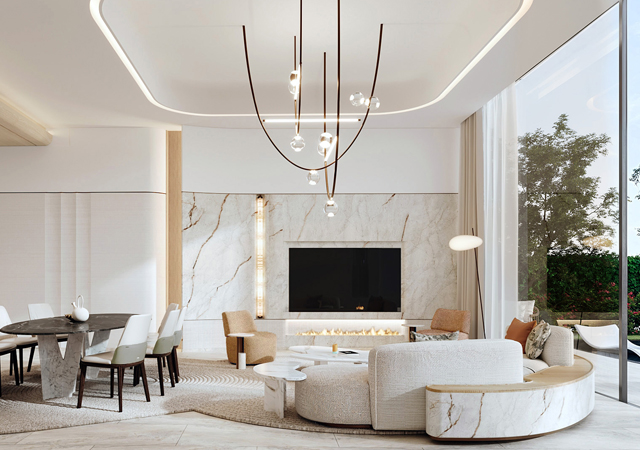
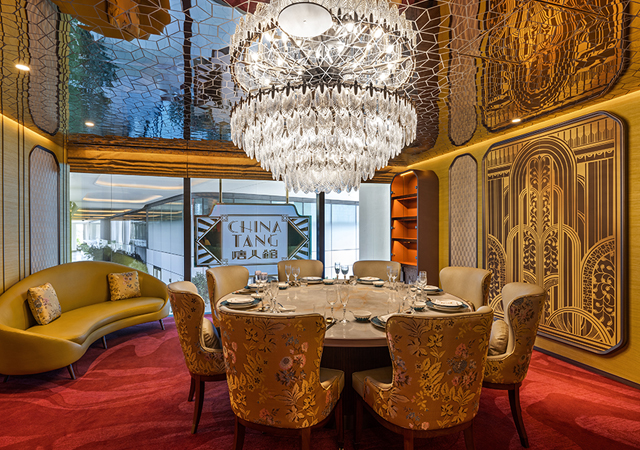
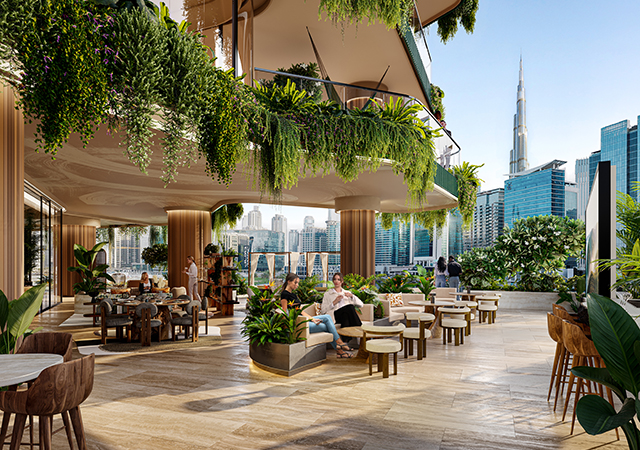
.jpg)
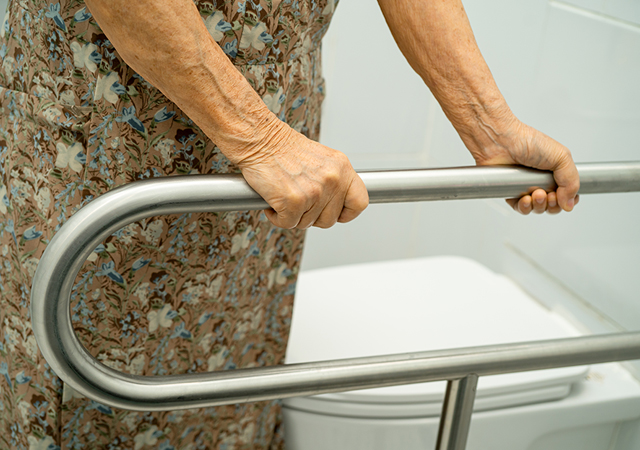

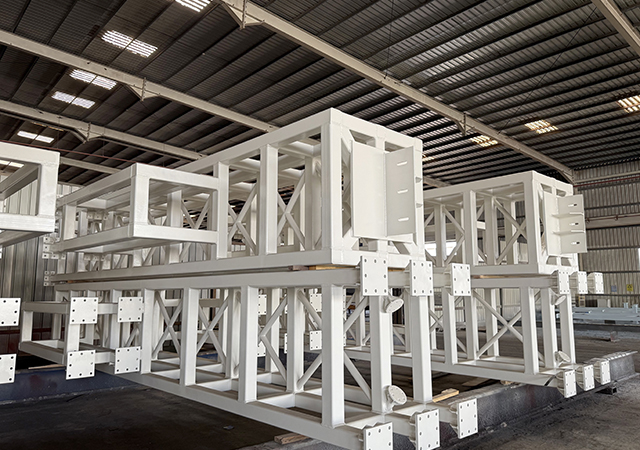




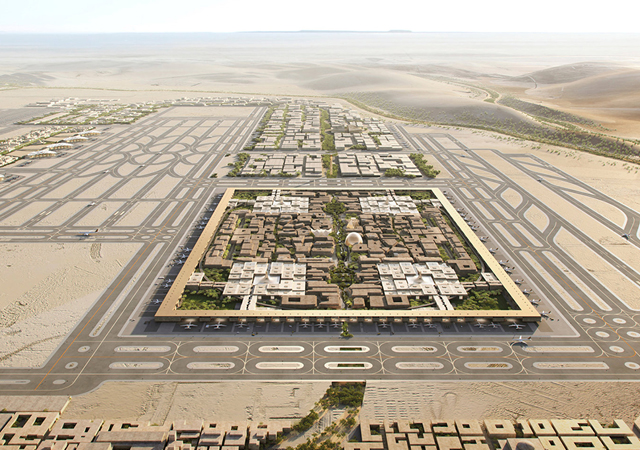
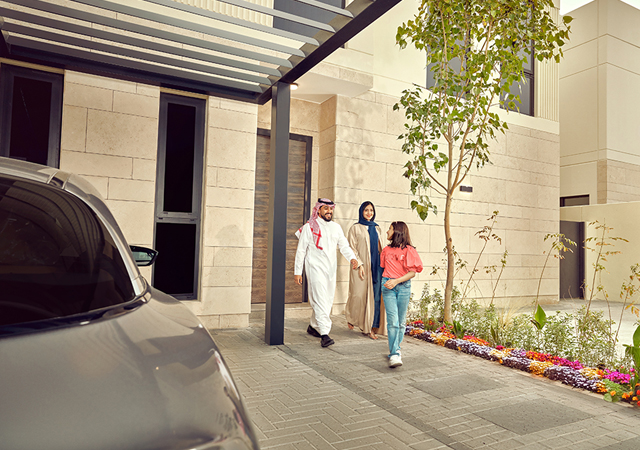
.jpg)
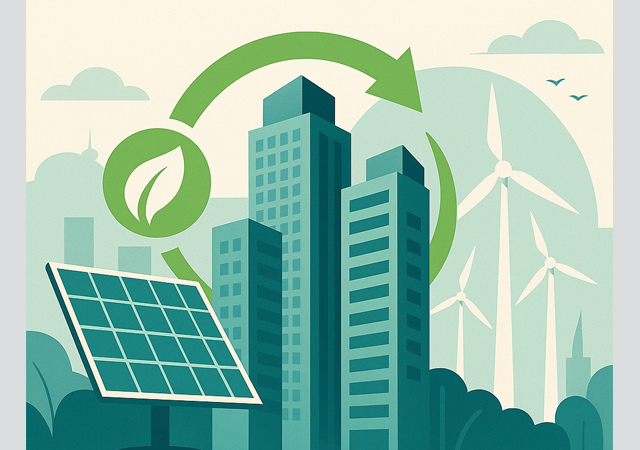



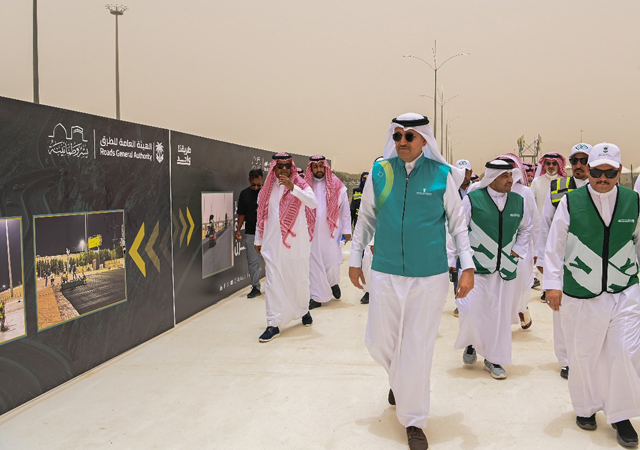

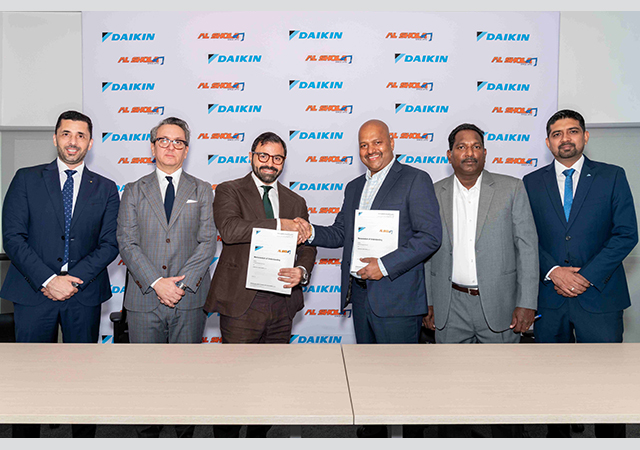

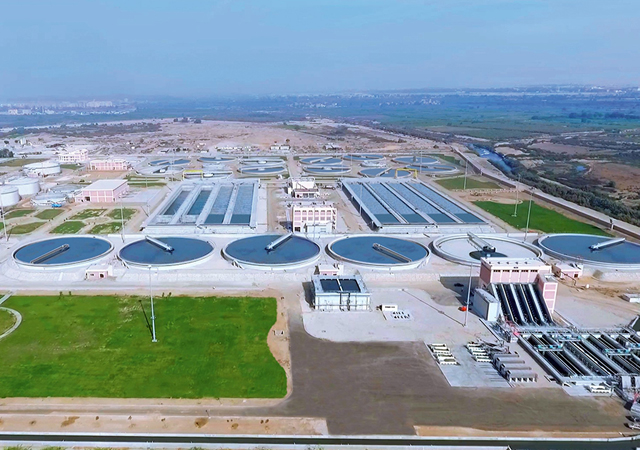
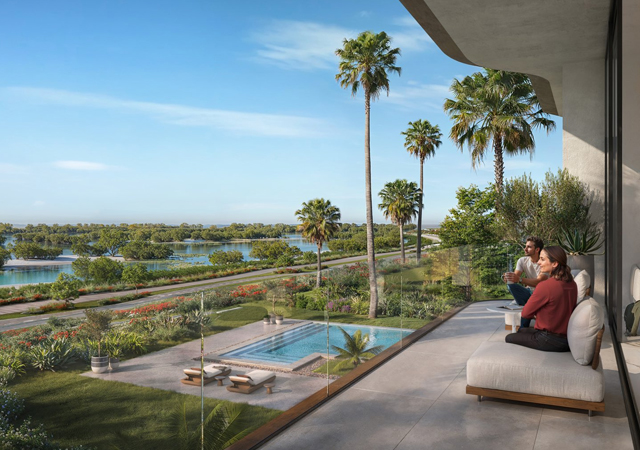
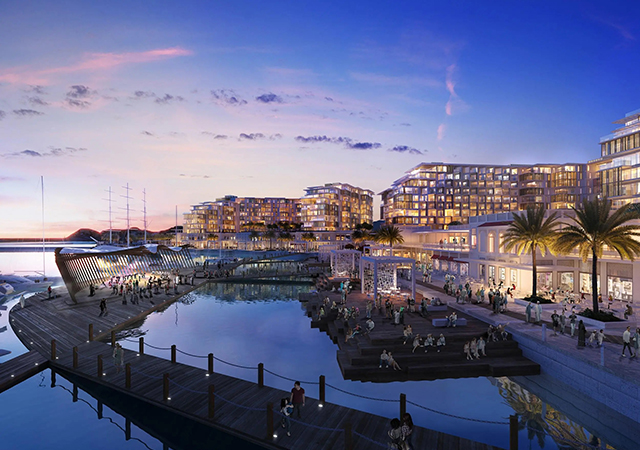

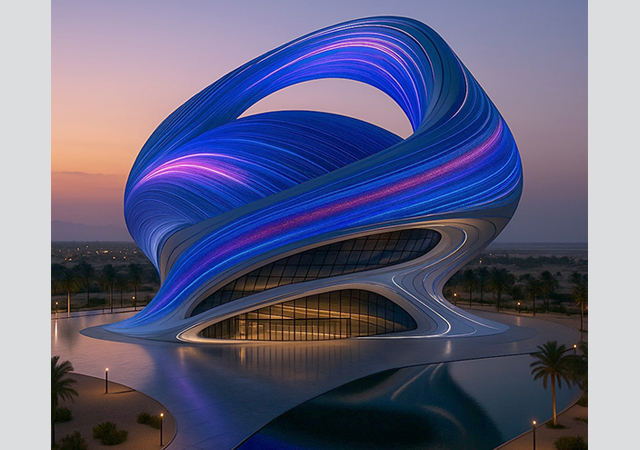

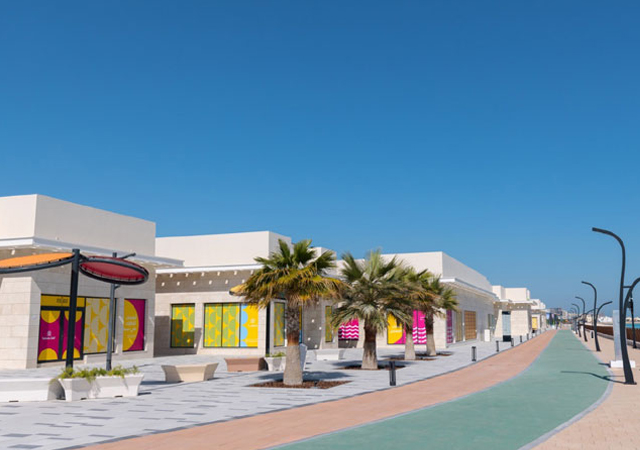

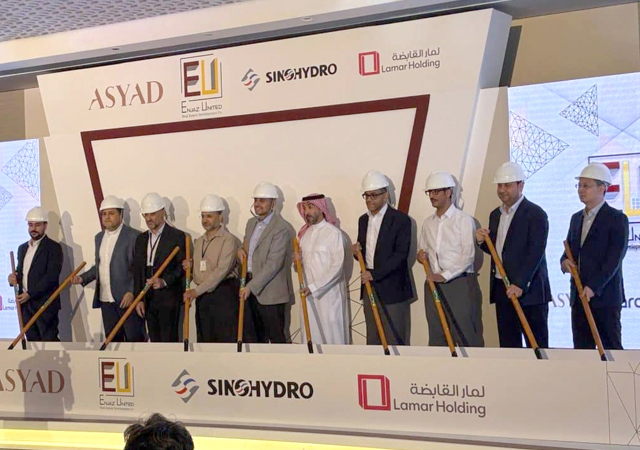
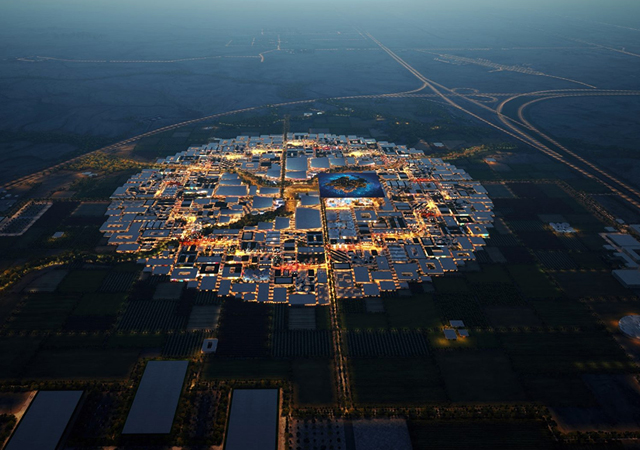
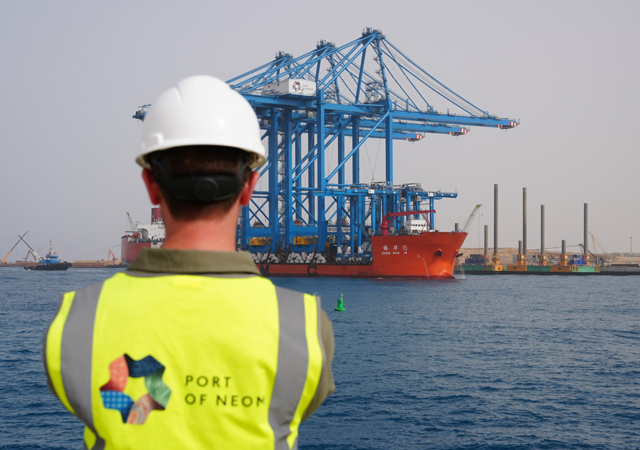
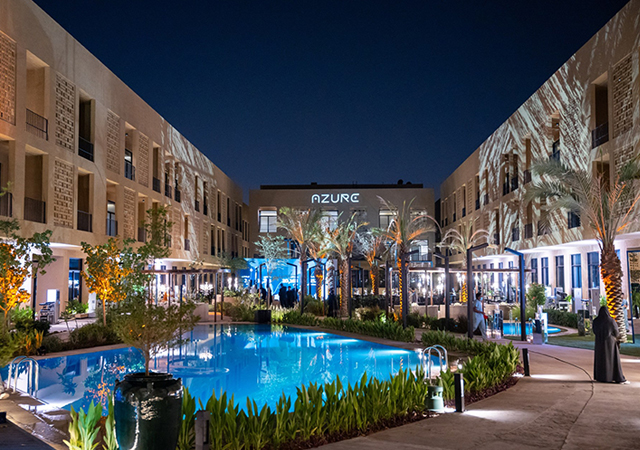
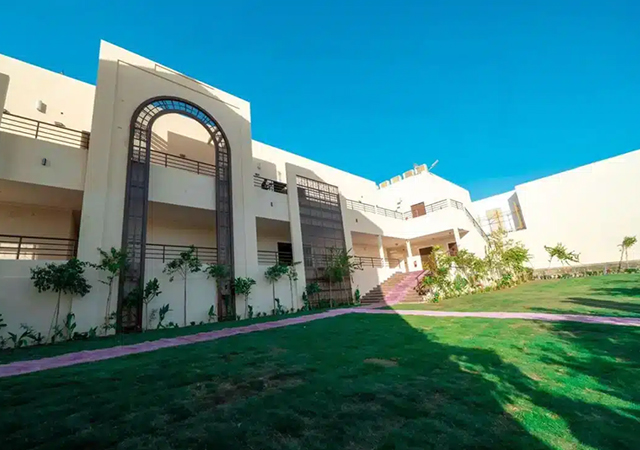


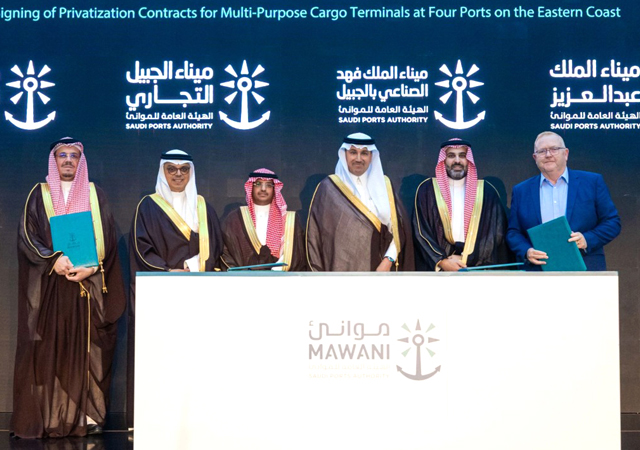
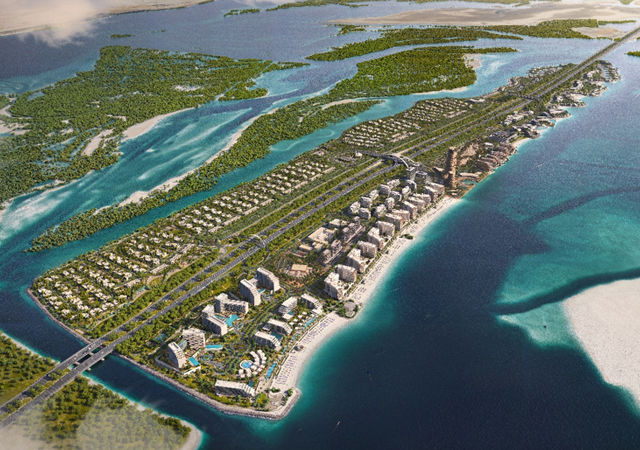

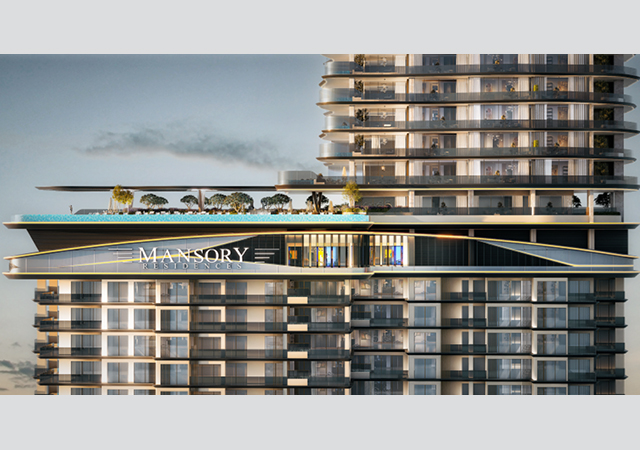
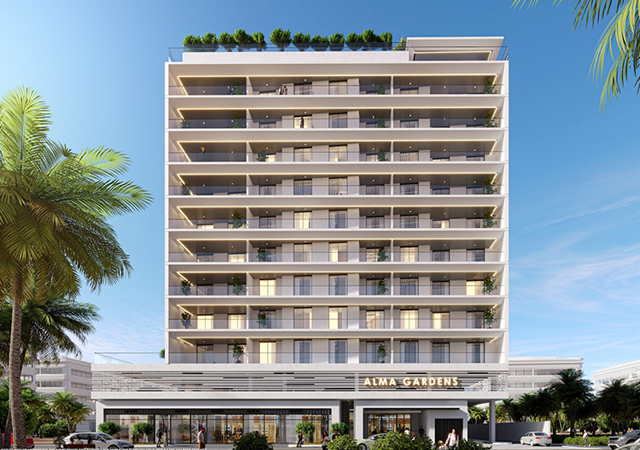

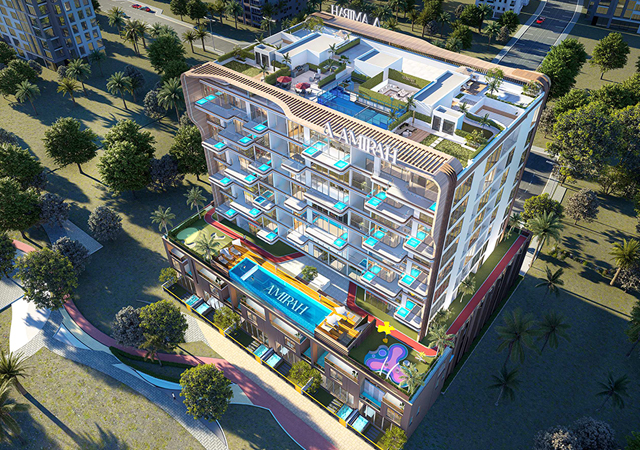
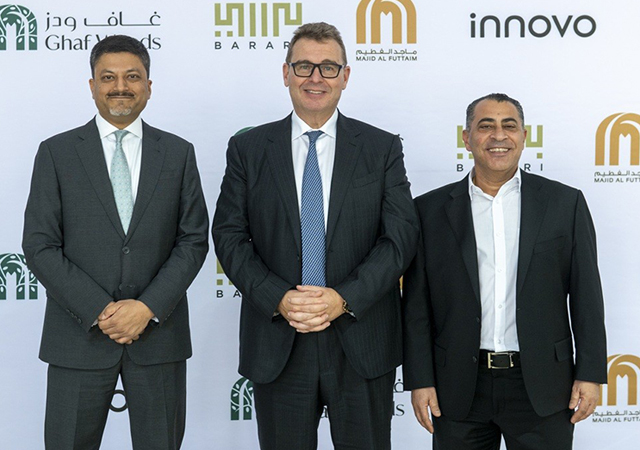
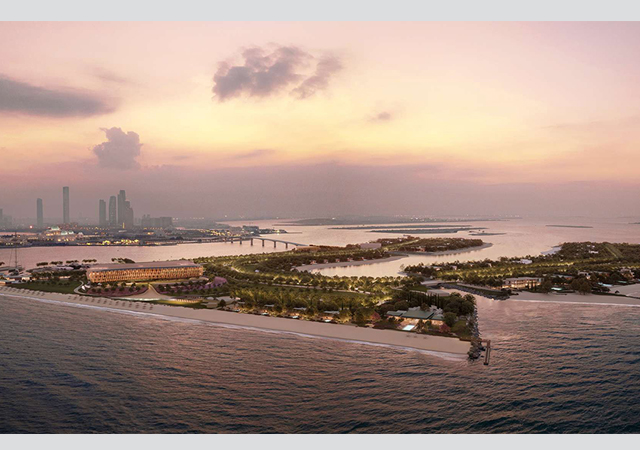
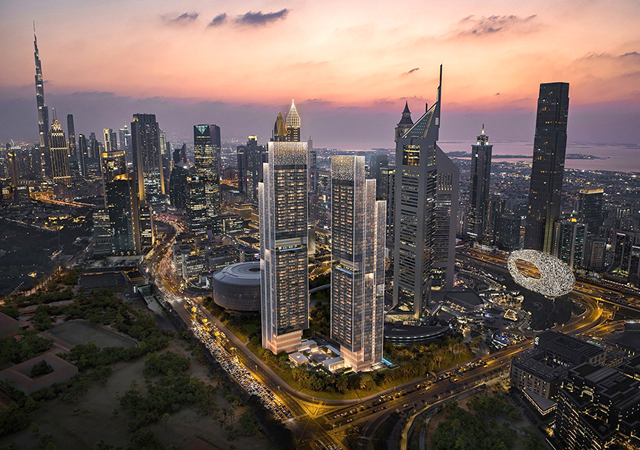
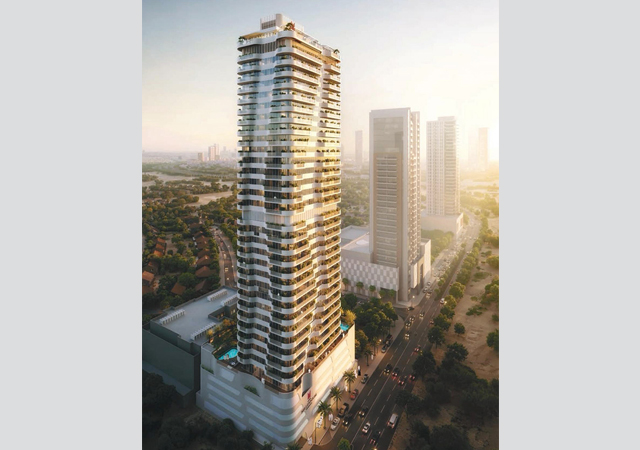
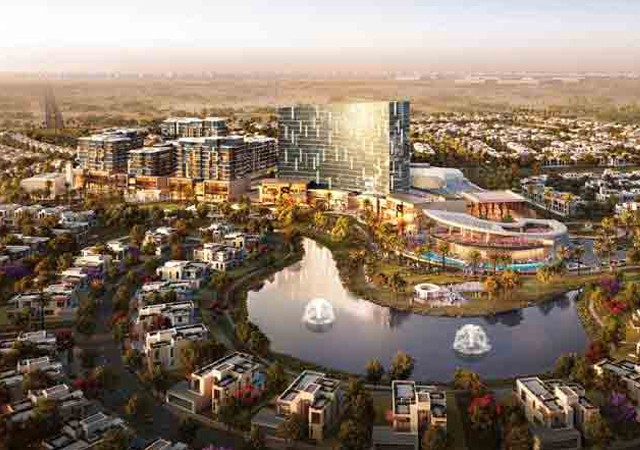
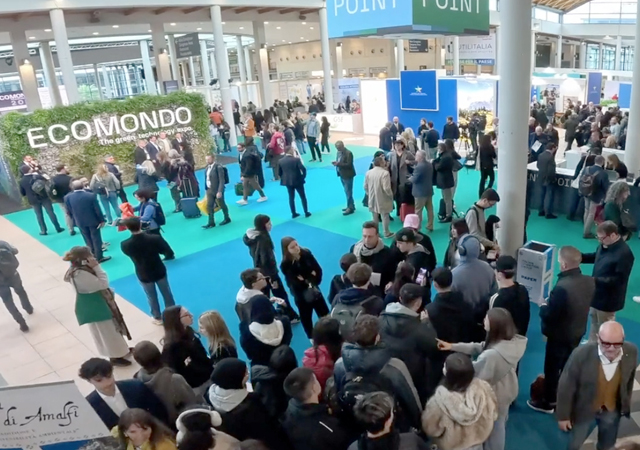
.jpg)












